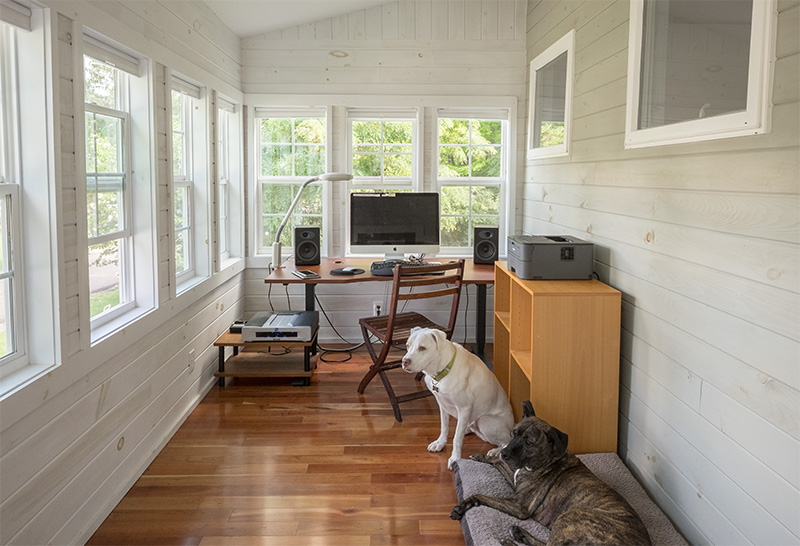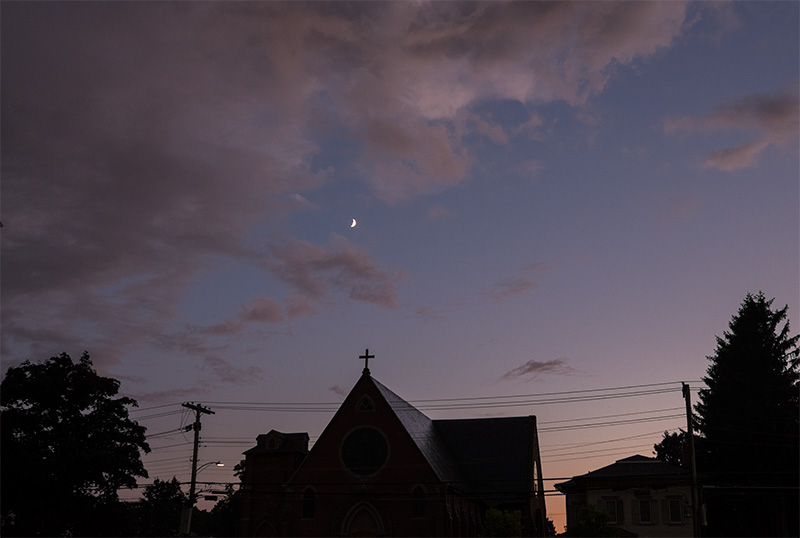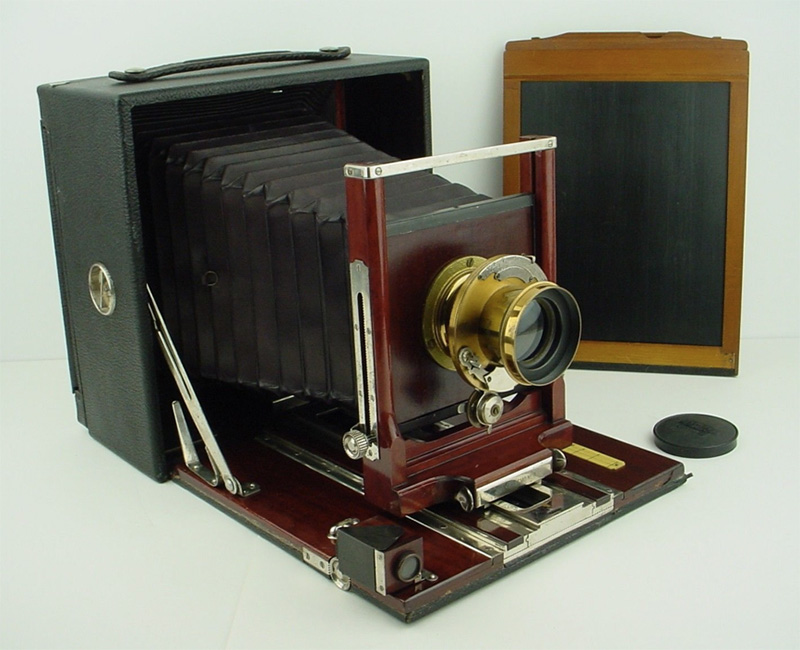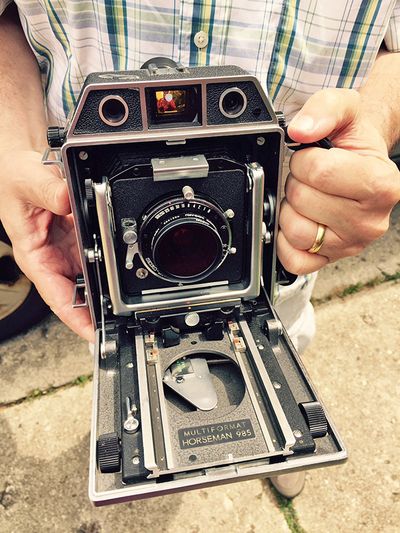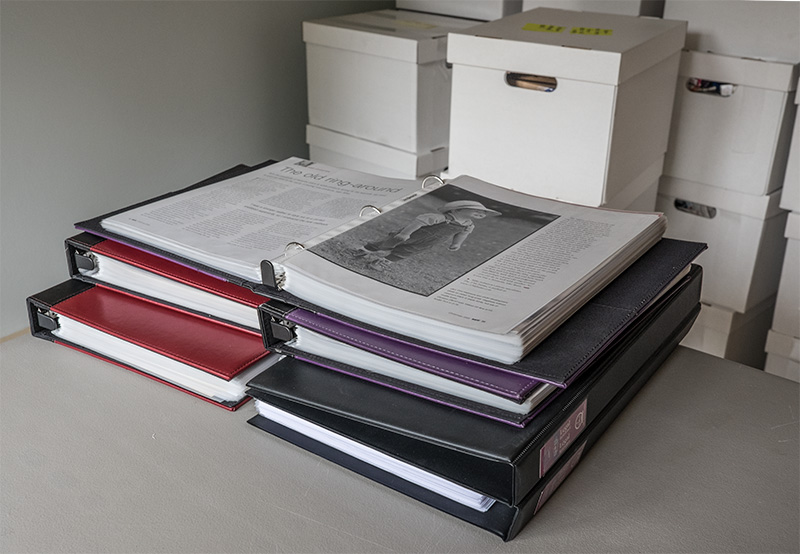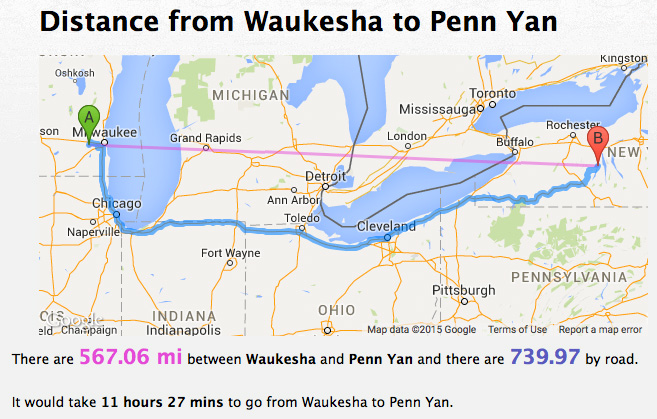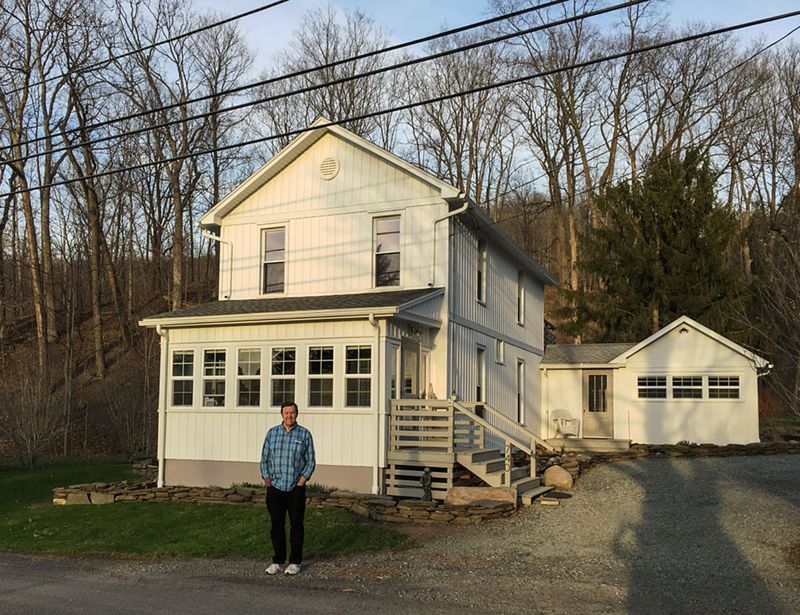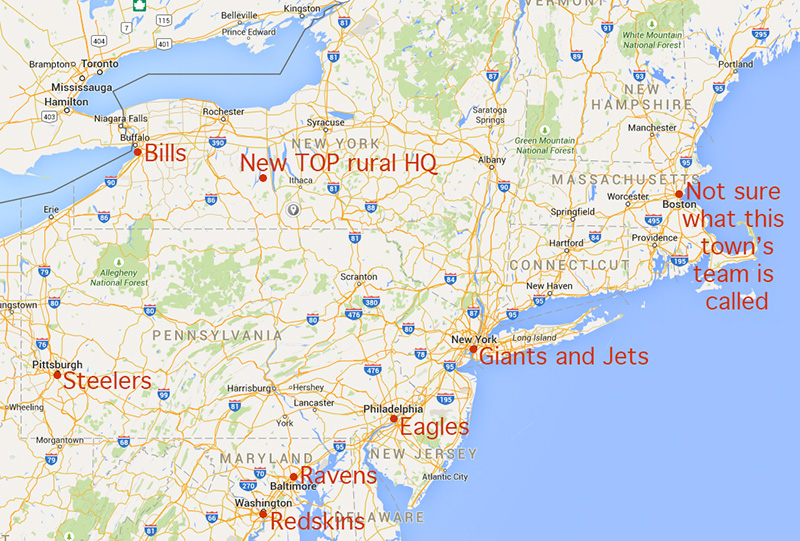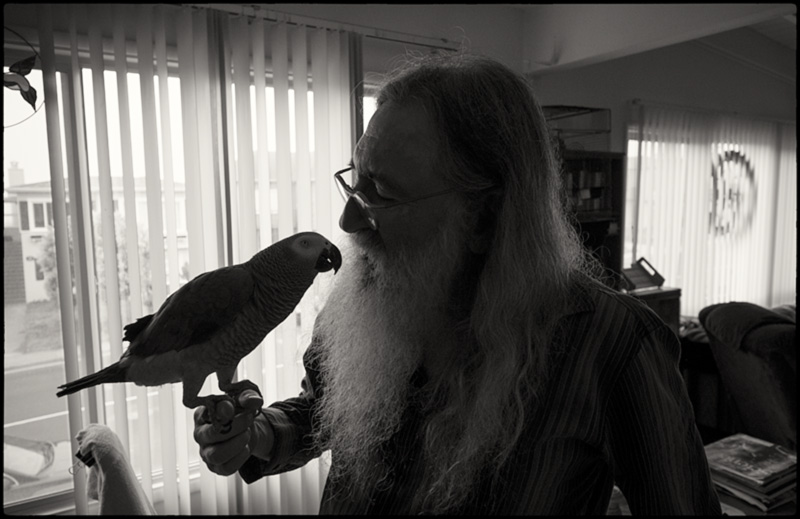Okay. Bit of a SNAFU today. My home inspection was scheduled for "Wednesday July 2." My agent read that as "July 2"; the inspector read it as "Wednesday."
It was today. Not tomorrow. I was not ready.
I did get to meet my home buyers—a very nice young couple with an adorable 6-month-old son (not in attendance, but I saw phone snaps). My dogs distinguished themselves by barking incessantly from the bedroom where I had them quarantined. They'd been scheduled to go to Camp Bow Wow tomorrow, all day. But everyone extemporized, everyone was friendly, and all went well.
Of course after a while we were all standing around telling stories, talking about stereos, laughing, and listening to jazz...it's really a wonder I ever get any work done, when you come to think of it.
The home inspector was an interesting guy. He explained that the floors of attached garages are designed to slope away from the house, so spilled oil and gasoline will flow away from the house rather than toward it; that all attached garages are built with a concrete step up into the house for the same reason; and that people shouldn't install screen doors between the house and the garage, because the main door is always a fire door and it should always be closed when you're not actually going through it.
The question this raised in my mind was, how often do fires actually start in attached garages? That is, are cars in attached garages really fire hazards? I can believe they might have been in 1950.
I couldn't find the relevant statistic, but the U.S. Fire Administration, an entity of the U.S. Department of Homeland Security's Federal Emergency Management Agency, says that the leading cause of residential fires, at 48.7%, is cooking, with the second leading cause, heating, coming in at 12.1%.
By that measure, it would seem odd that we cordon off our automobiles in separate, walled-off, fire-retardant rooms of the house, whereas we now put our kitchens in our living rooms. Shouldn't we do the opposite?
But then it occurred to me that maybe cooking is the leading cause of residential fires because we put our kitchens in our living rooms rather than behind fire-safe walls.
But then my brain started to hurt. I'm tired. To tell you the truth, I've been exhausted ever since the house sold. The uncertainty was more of a strain than I was aware of.
Real posts soon.
Mike
Original contents copyright 2015 by Michael C. Johnston and/or the bylined author. All Rights Reserved. Links in this post may be to our affiliates; sales through affiliate links may benefit this site.
TOP's links!
(To see all the comments, click on the "Comments" link below.)
Featured Comments from:
Michael Perini: "If you look at colonial architecture, the kitchens were often built as almost separate rooms just for that reason. Although this link suggests otherwise. There has always been a tradition of outdoor ovens, which are popular even today."
Mike replies: I also read a theory recently that the popularity of kitchens in the living area is partly responsible for our worsening eating habits in the obesity epidemic. I believe I saw it browsing Michael Pollan's new book, Cooked: A Natural History of Transformation , although I wouldn't swear to that.
, although I wouldn't swear to that.
Benjamin Marks: "I am a volunteer firefighter and helped fight a garage fire this past winter. It was caused, not by the cars in the garage, but as so many fires around here are caused: by improper storage of ashes/coals from a wood stove. Garage fires are nasty; folks store all sorts of stuff in garages that you wouldn't want to breathe the smoke of (ugh...grammar...'the smoke of which you would not want to breathe?'...equally awkward).
"So garage fire = bad. Today's TOP public safety announcement: TOPpers, please store your wood stove ashes in a metal container with a lid that closes tightly, and do not store that container near a combustible surface. /rant off."
Ann: "In the 1892 house I lived in, he kitchen was attached to the back of the house, but didn't have the rest of the house around it. The idea of the day was that if the kitchen burned down, then only the kitchen would burn. The rest of the house could be saved.
"In the 1920s house I live in now, the kitchen is integrated into the house, but the garage is detached, of course. The honest truth is that with modern construction, there are very few fires of any sort anymore. but a good reason to keep the door to the garage closed is not because of fire, but because of carbon monoxide. I've heard anecdotal tales of people getting low level CO poisoning from houses that have poorly air sealed garages. An open door would negate any protection from that."
Mike replies: I agree. I would not buy a house with a bedroom built directly above the garage. Too many horror stories.
The house I did buy, though, has a very nice kitchen that takes up more of the ground floor than anything else. I have a rule with myself: never step away when the stove is on. I'm too absent-minded, and several times when I left the kitchen unattended I completely forgot what I'd been doing there. I'm just the type of person who would burn down his own house through inattention, so I have to be careful.
If anyone reading this has a bedroom above a garage, I'd encourage you to get it inspected to make sure you have the proper gas barriers in place, as well as working carbon monoxide detectors .
.
Tom Kwas: "I can tell you one thing about my moving to Indianapolis last year: there are fires every where and all the time compared to Wisconsin! And scary for me: apartment fires!
"I ran into a fireman last time I was in Wisconsin that told me they occasionally train in Indianapolis because the departments there 'roll out' on a fire weekly, and of the size they might get once every couple of months from where he was in Wisconsin. Reasons why? Poor Indianapolis unlicensed construction, bad code monitoring. Really 'meh' attitudes (my apartment complex was built in the late '80s and it has no insulation, as well as bottom dollar off-brand HVAC. And by the way, recycling here is just a 'suggestion').
"I used to bridle against the strict Germanic permitting and spot checks in Wisconsin, but when you see the other side of the coin, it doesn't seem so bad....
"I've been in two studio fires over my career (because they were always in run-down, questionable buildings). Luckily I was only working there, and they weren't my studios. Fire is my biggest fear...."
Mike replies: A blog post about photographers who've lost their archives in fires would be hard to research but very interesting. Starting with Carleton Watkins who lost most of his work in the San Francisco fire and ending perhaps with Jacques Lowe whose archive of the Kennedy years was lost in the basement of the World Trade Center.
Henning: "A couple of notes from an architect and building code consultant (Canada, but since the building code deals with safety, the same items apply). Carbon monoxide sinks, so building a bedroom above a garage doesn't make a difference in that regard. Here, a door connecting a garage to a house has to be fire rated, installed in a fire rated door with weatherstripping to seal it better, and has to have a closer. A 2" door sill and slope away from the door is as much for the carbon monoxide (which then flows away from the door) as for liquids.
"Real life safety with respect to fires comes only from a decent fire sprinkler system. Statistics have shown that if a fire sprinkler system is installed and functioning, lives are not lost. Yes, they can go off inadvertently and cause extensive water damage, but that is quite rare in practice and as far as I'm concerned, life safety triumphs. I'm happy that Vancouver has had mandatory sprinklering for all residential units for the last 20 years, and this is spreading across the country."
Tech. Ed. Ctein comments: Carbon DI-oxide is denser than air. Carbon MON-oxide is essentially the same density, as close as doesn't matter. Convection and thermal differences will control where CO goes, not density.
A typical garage fire is vastly more dangerous than a typical kitchen fire because the garage is unmonitored and uninhabited (not to mention gasoline, etc). By the time you are likely to become aware that your garage is on fire, it's ON FIRE! Kitchen fires are much more likely to be detected early.
Mike adds: Yeah, the idea of involvement is probably important. You don't want a fire to have a chance to get going. (We all know how hard it can be to start a fireplace fire but how hot it gets—and how easy it is to get a new log burning—once it's "all involved" and blazing.)
I once witnessed a mattress fire in an apartment across the street from my Georgetown, D.C., apartment. I could actually see flames through their window. The fire department got there fast and swarmed the place. I was amazed at how fast they all moved. Before I knew it they were inside, outside, and on the roof. One of the firemen later told me (of course I had to go ask questions) that the more quickly they catch a fire, the easier it is to put out and the less damage it does. So they move as fast as they can, even for—perhaps especially for—small fires.
Asher Miller: "My uncle's house had a fire last year. It started in the garage with the trickle charger plugged into his car. We think the hood was resting on the charger leads, and started arc-welding themselves to the hood of the car. He tried beating the flames back with a fire extinguisher, failed, and escaped seconds before the garage door cables melted and the door slammed shut behind him. I don't know what the insurance claim was, but they were lucky they were home to smell the ole and call 911, and they were lucky his ammunition didn't cook off, too. (He's a hunter, and his shop is just off the garage.) If my aunt hadn't smelled the smoke wafting up into the kitchen, they would have lost everything. As it was, it was a nasty fire, and they were out of their house for the better part of a year.
"Garage fires happen, and they are no joke."


